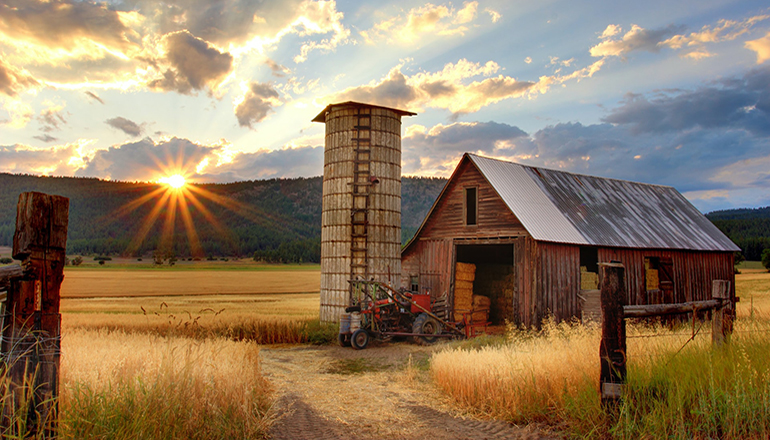Farmers who plant cover crops will be eligible for crop insurance premium subsidies worth $5 an acre for the second year in a row.
To qualify for the payments from USDA, farmers must report their cover crop acreage to the Farm Service Agency by March 15.
Last year, USDA made payments totaling $59.5 million for 12.2 million acres of cover crops.
“Cultivating cover crops requires a sustained, long-term investment, and the economic challenges of the pandemic made it financially challenging for many producers to maintain cover crop systems,” said Marcia Bunger, administrator of the Risk Management Agency.
“Producers use cover crops to improve soil health and gain other agronomic benefits, and this program will reduce producers’ overall premium bill to help ensure producers can continue this climate-smart agricultural practice.”
All cover crops reportable to FSA are eligible for crop insurance subsidies, including cereals and other grasses, legumes, brassicas, and other non-legume broadleaves, and mixtures of species. The payments can’t exceed a farmer’s insurance premium if it’s less than $5 an acre.
Farmers who receive the subsidies would still be eligible to receive payments for cover crops through projects funded by the new Partnerships for Climate-Smart Commodities initiative, Robert Bonnie, USDA’s undersecretary for farm production and conservation, said in an interview with Agri-Pulse.
Rules for the projects bar them from compensating farmers for practices already covered by other USDA programs. But the projects could cover the cost of cover crops above the $5-an-acre RMA payment, he said.
Photo by Timothy Eberly on Unsplash







